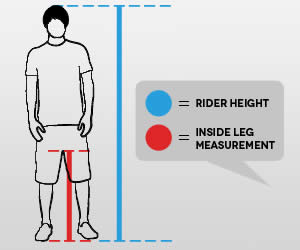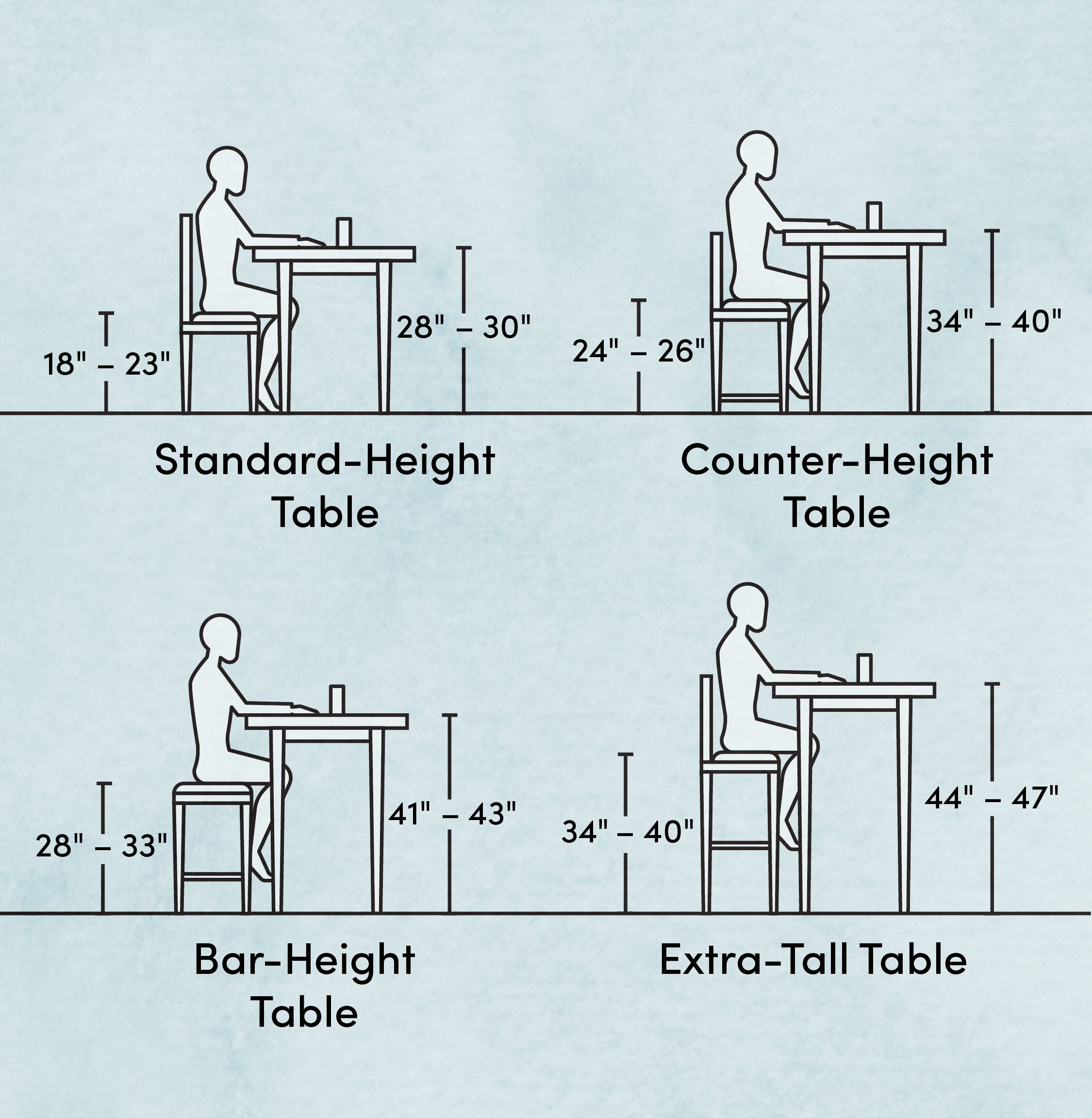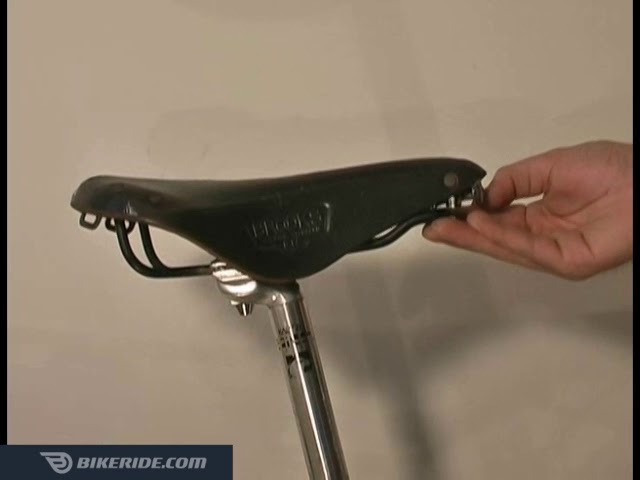Understanding the Importance of Bike Seat Height
Setting the correct bike seat height is crucial for optimizing your cycling experience. A proper seat height ensures improved pedaling efficiency, reduced strain on joints, and increased comfort during rides. By adjusting the seat height, you can minimize the risk of injuries and enhance your overall performance on the bike. This is why understanding how high should a bike seat be is essential for every cyclist, from beginners to experienced riders.
Measuring Your Inseam: The First Step in Determining Seat Height
To determine the ideal bike seat height, you must first measure your inseam accurately. The inseam is the distance from the floor to the crotch, and it plays a crucial role in calculating the correct seat height. Follow these step-by-step instructions to ensure accurate measurements:
- Stand straight with your back against a wall, barefoot or wearing socks.
- Place a hardcover book or a ruler between your legs, pressing it firmly against your crotch.
- Make sure the book or ruler is level and parallel to the floor.
- Have a friend or family member measure the distance from the floor to the top edge of the book or ruler.
- Record the measurement in centimeters or inches, depending on your preference.
Remember to wear the same type of cycling shorts or pants when measuring your inseam and adjusting your bike seat height, as different clothing items can affect the measurement. Accurate inseam measurement is the foundation for calculating the ideal bike seat height, ensuring optimal pedaling efficiency and reduced strain on joints.
Calculating Your Seat Height: Leveraging the Inseam Measurement
To calculate the ideal bike seat height, you can use the inseam measurement in a simple formula. Generally, the formula is:
Ideal Seat Height (in centimeters) = Inseam (in centimeters) x 0.883
For instance, if your inseam measurement is 81 centimeters, your ideal seat height would be:
Ideal Seat Height = 81 cm x 0.883 = 71.5 cm
Round the result to the nearest whole number, making your ideal seat height 72 centimeters in this example. Keep in mind that this formula is a starting point and may need to be fine-tuned using the ‘Knee Over Pedal Spindle’ method.
Using the inseam measurement and the provided formula, you can determine a baseline for your bike seat height. This calculation ensures improved pedaling efficiency and reduced strain on joints, contributing to a more enjoyable, efficient, and comfortable riding experience.
Fine-Tuning Your Seat Height: The ‘Knee Over Pedal Spindle’ Method
After calculating your initial bike seat height using the inseam measurement, you can further refine your seat height using the ‘Knee Over Pedal Spindle’ (KOPS) method. This technique helps riders achieve optimal leg alignment and pedaling efficiency, ensuring a more comfortable and efficient riding experience.
Follow these steps to use the KOPS method:
- Put on your cycling shoes and clothing.
- Mount your bike and place your heel on the pedal.
- Pedal backward until the crank arm is in a horizontal position.
- Check if your knee is slightly bent or almost straight. Your knee should be slightly bent to allow for a natural bend when you pedal with the ball of your foot.
- If your knee is significantly bent or overextended, adjust the seat height accordingly and repeat the process until you achieve the optimal knee alignment.
The KOPS method is an effective way to fine-tune your bike seat height, ensuring that your legs are properly aligned and your pedaling efficiency is maximized. By combining the inseam measurement and the KOPS method, you can determine the ideal bike seat height for your unique body and riding style.
Additional Factors to Consider When Adjusting Seat Height
While the inseam measurement and the KOPS method provide a solid foundation for determining the ideal bike seat height, other factors can influence your seat height and overall riding comfort. Consider these additional factors and tips for achieving a comfortable, efficient riding position:
- Saddle Type: Different saddle types, such as narrow or wide saddles, can affect your seat height and comfort. Choose a saddle that suits your anatomy and riding style. Some saddles may require a slightly different seat height due to their design and shape.
- Riding Style: Your riding style, such as road, mountain, or casual cycling, can impact your seat height. For example, road cyclists often prefer a lower seat height for aerodynamics, while mountain bikers may opt for a slightly higher seat height for better maneuverability.
- Personal Preferences: Everyone’s body is unique, and personal preferences can play a significant role in determining the ideal bike seat height. Some riders may prefer a slightly higher or lower seat height based on their flexibility, strength, or comfort level. Always listen to your body and make adjustments as needed.
- Cleat Position: If you use clipless pedals, the position of your cleats can affect your seat height and leg alignment. Ensure that your cleats are properly positioned and aligned with your pedals to optimize your seat height and pedaling efficiency.
By taking these additional factors into account, you can fine-tune your bike seat height and achieve a comfortable, efficient riding position tailored to your unique needs and preferences.
Common Mistakes to Avoid When Adjusting Seat Height
Even with the right tools and knowledge, riders can sometimes make mistakes when adjusting their bike seat height. Here are some common pitfalls to avoid and solutions for achieving the ideal seat height:
- Setting the Seat Too High: A seat that is too high can lead to uncomfortable pedaling, reduced power output, and increased risk of injury. To avoid setting your seat too high, use the inseam measurement and the KOPS method as a guide. Double-check your knee alignment and ensure that your leg is slightly bent when your pedal is at its lowest point.
- Setting the Seat Too Low: A seat that is too low can cause knee pain, inefficient pedaling, and reduced power output. To prevent setting your seat too low, follow the inseam measurement and KOPS method. Make sure your knee isn’t significantly bent when your pedal is at its lowest point.
- Ignoring Personal Preferences: Everyone’s body is unique, and personal preferences can impact the ideal bike seat height. While using the inseam measurement and KOPS method as a starting point, always listen to your body and make adjustments as needed. Comfort is key, and you should feel confident and at ease while riding.
- Neglecting Regular Checks and Adjustments: Your bike seat height may change over time due to equipment adjustments, changes in riding conditions, or improvements in personal fitness levels. Regularly check and adjust your seat height to maintain optimal leg alignment and pedaling efficiency.
By being aware of these common mistakes and taking the necessary precautions, you can ensure a proper bike seat height and enjoy a more comfortable, efficient, and enjoyable riding experience.
Maintaining Your Ideal Seat Height: Tips for Long-Term Comfort and Efficiency
To ensure long-term comfort and efficiency on your bike, it’s essential to maintain the ideal seat height and make adjustments as needed. Consider these tips for keeping your bike seat height optimized:
- Regular Checks: Schedule regular checks of your bike seat height, especially after changes in equipment, riding conditions, or personal fitness levels. This will help you identify any necessary adjustments and maintain optimal leg alignment and pedaling efficiency.
- Gradual Adjustments: When making seat height adjustments, do so gradually. Small changes can have a significant impact on your riding experience. Gradually adjusting your seat height allows your body to adapt and reduces the risk of discomfort or injury.
- Record Keeping: Keep a record of your bike seat height settings for each bike you own. This will help you quickly return to your ideal seat height after making adjustments or when switching between bikes.
- Seek Professional Help: If you’re unsure about your bike seat height or need assistance making adjustments, consult a professional bike fitter. They can provide personalized advice and help you achieve the ideal seat height for your unique body and riding style.
By following these tips and maintaining your bike seat height, you can enjoy long-term comfort and efficiency during your rides. Remember, a properly adjusted bike seat can significantly enhance your overall bicycling experience.
Conclusion: The Benefits of a Properly Adjusted Bike Seat
Setting the correct bike seat height is crucial for any cyclist, as it significantly impacts your riding experience. By investing time in adjusting your bike seat height, you can enjoy numerous benefits, including improved pedaling efficiency, reduced strain on joints, and increased comfort during rides. The main keyword “how high should a bike seat be” plays a vital role in understanding and optimizing your bike seat height.
To determine the ideal bike seat height, follow these steps:
- Measure your inseam accurately.
- Calculate your seat height using the inseam measurement and the provided formula.
- Fine-tune your seat height using the ‘Knee Over Pedal Spindle’ method.
- Consider additional factors such as saddle type, riding style, and personal preferences.
- Regularly check and adjust your seat height as needed.
By following these steps and avoiding common mistakes, you can maintain the ideal bike seat height for your unique body and riding style. The result? A more enjoyable, efficient, and comfortable bicycling experience. So, make the necessary adjustments and start reaping the benefits of a properly adjusted bike seat today.







